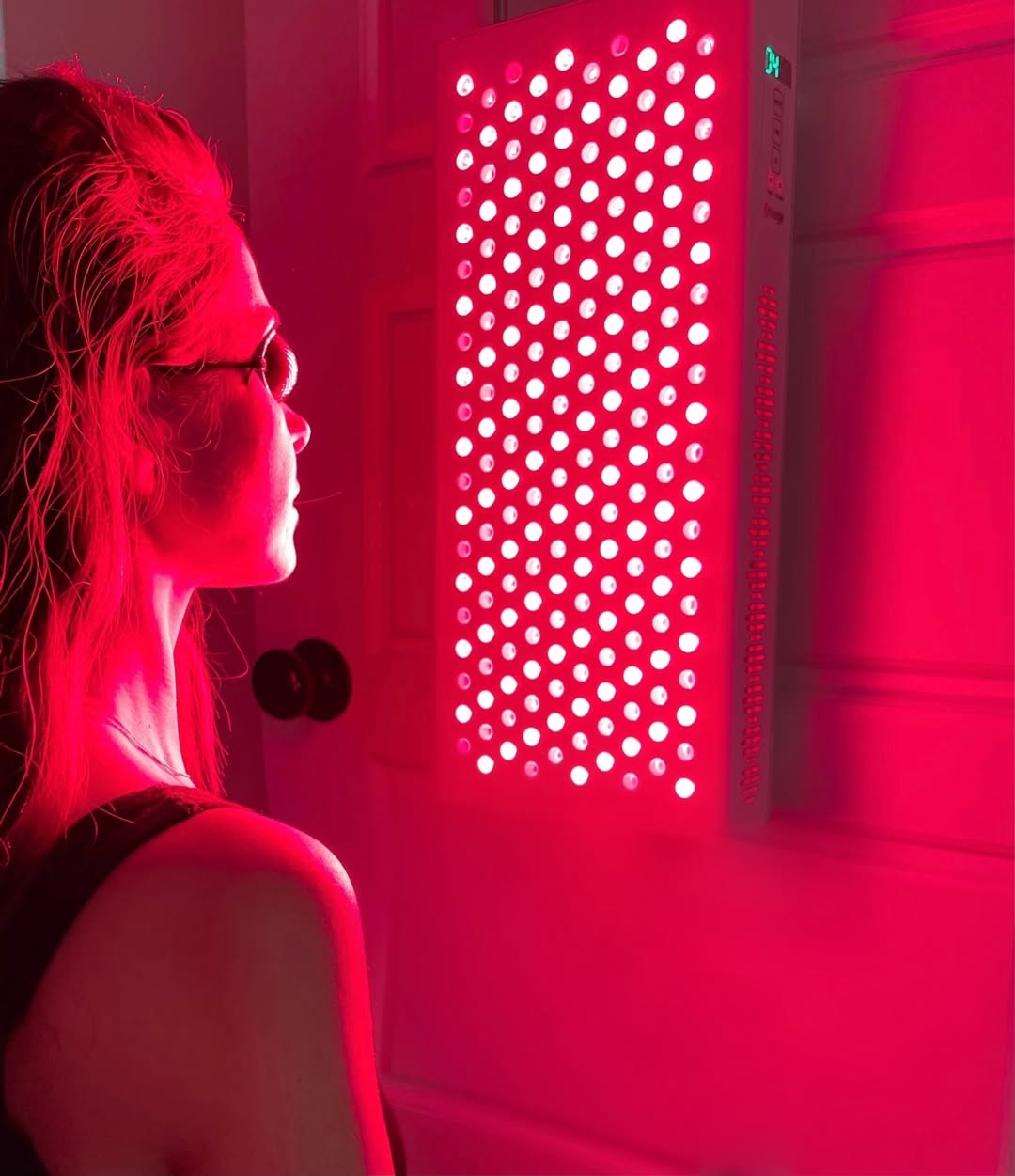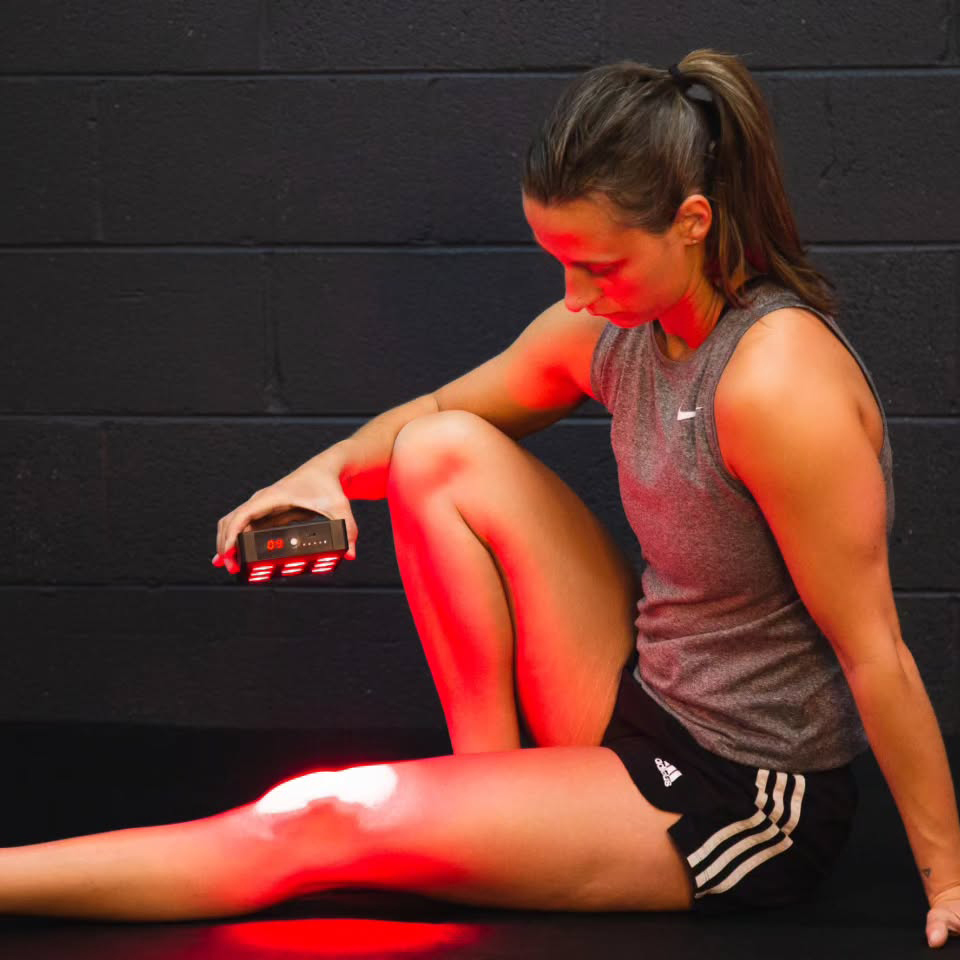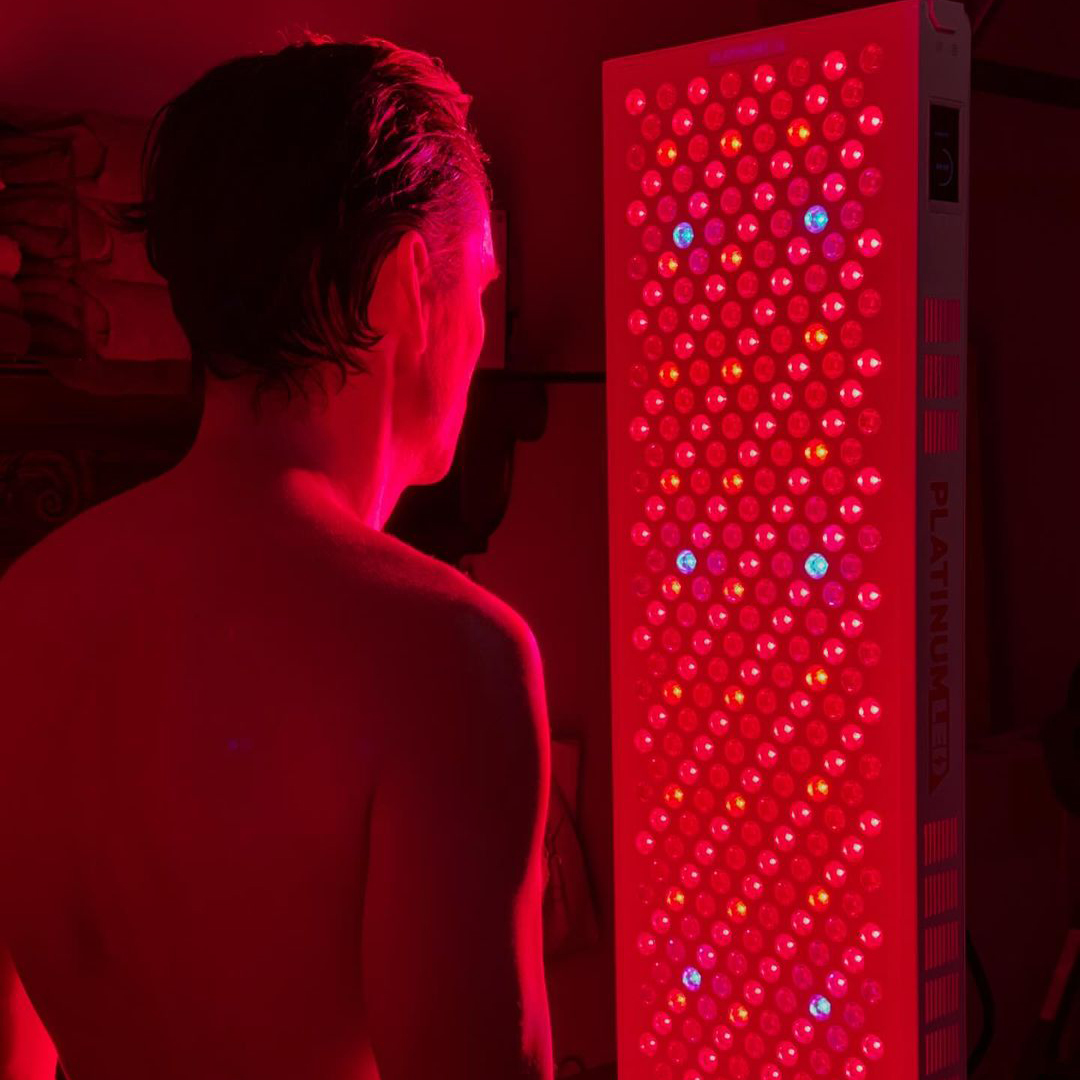![]() Free Shipping
Free Shipping ![]() Buy Now, Pay Later
Buy Now, Pay Later ![]() Eligible
Eligible
Red Light Therapy for Glaucoma: Protecting Vision and Reducing Eye Strain

In today’s digital age, our eyes are under constant strain—whether from screens, artificial lighting, or environmental stressors. For those with glaucoma, a leading cause of irreversible blindness, protecting vision is even more critical. While traditional treatments like eye drops, laser therapy, and surgery remain essential, emerging research suggests that red light therapy (RLT) could be a groundbreaking complementary approach to managing glaucoma and reducing eye strain.
But how does shining red light into the eyes help? Can it really slow glaucoma progression or relieve digital eye fatigue? Let’s explore the science, benefits, and practical applications of red light therapy for eye health.
Understanding Glaucoma and Its Challenges
Glaucoma is a group of eye diseases that damage the optic nerve, often due to increased intraocular pressure (IOP). Over time, this pressure can lead to peripheral vision loss and, if untreated, complete blindness. The biggest challenge with glaucoma is that it progresses silently—many people don’t realize they have it until significant damage has already occurred.
Current treatments focus on lowering eye pressure through:
- Medications (eye drops like prostaglandin analogs or beta-blockers)
- Laser treatments (trabeculoplasty)
- Surgery (trabeculectomy or drainage implants)
However, these methods don’t always halt progression, and some patients experience side effects. This has led researchers to investigate alternative therapies—like red light therapy—that could protect retinal cells and improve mitochondrial function in the eyes.
What Is Red Light Therapy?
Red light therapy (RLT), also known as low-level laser therapy (LLLT) or photobiomodulation, uses specific wavelengths of red and near-infrared (NIR) light (typically 600-850 nm) to stimulate cellular repair and energy production. Originally developed for wound healing and pain relief, RLT is now being studied for neuroprotection, anti-inflammatory effects, and enhanced circulation—all of which are relevant to glaucoma.
How Does It Work for the Eyes?
The retina and optic nerve contain mitochondria, the “powerhouses” of cells, which are highly sensitive to light. As we age—or under stress—mitochondrial function declines, leading to cell damage. Red light appears to:
- Boost ATP (Energy) Production – Enhances mitochondrial efficiency, helping retinal cells function better.
- Reduce Oxidative Stress – Lowers harmful free radicals that contribute to optic nerve damage.
- Improve Blood Flow – Increases microcirculation in the retina and optic nerve.
- Protect Against Apoptosis (Cell Death) – Helps preserve ganglion cells, which are crucial for vision.
A 2020 study in Scientific Reports found that just three minutes of 670 nm red light exposure per day improved declining vision in participants aged 40 and older. Another 2023 study in Ophthalmology Science suggested that red light could help reduce intraocular pressure in glaucoma patients.
VELLGUS Elite V2
THE #1 RATED RED LIGHT DEVICE
VELLGUS pro V2
THE #1 RATED FULL BODY RED LIGHT DEVICE
Can Red Light Therapy Help Glaucoma Patients?
While more clinical trials are needed, early research and anecdotal reports suggest that RLT may:
✅ Slow Optic Nerve Degeneration – By enhancing mitochondrial function in retinal cells.
✅ Lower Intraocular Pressure (IOP) – Some studies show a mild but meaningful reduction.
✅ Reduce Eye Strain & Dryness – Beneficial for those with digital eye fatigue.
✅ Improve Visual Acuity – Especially in age-related vision decline.
Potential Limitations
- Not a Replacement for Traditional Treatments – Should be used alongside medications or surgery.
- Optimal Wavelength & Dosage Still Being Studied – Most research uses 630-670 nm for eye applications.
- Safety Concerns – Only use eye-safe devices designed for ocular use.
How to Use Red Light Therapy for Eye Health
If you’re considering RLT for glaucoma or eye strain, here’s how to incorporate it safely:
1. Choose the Right Device
- Medical-grade LED panels (e.g., devices with 630-670 nm wavelength).
- Specialized eye masks (like those designed for low-level light therapy).
- Avoid high-intensity lasers—only use low-power, continuous-wave devices.
2. Follow a Safe Protocol
- Duration: 2-5 minutes per session, 1-2 times daily.
- Distance: Hold the device 6-12 inches from closed eyelids (unless using an eye mask).
- Consistency: Daily use may yield better results over weeks/months.
3. Combine with Other Eye-Healthy Habits
- Regular eye check-ups to monitor glaucoma progression.
- Blue light filters for screens to reduce strain.
- Antioxidant-rich diet (lutein, zeaxanthin, omega-3s).
The Future of Red Light Therapy in Eye Care
As research evolves, red light therapy could become a non-invasive, drug-free adjunct for glaucoma management. Imagine a future where patients use personalized light therapy devices at home to protect their vision alongside conventional treatments.
For now, if you’re interested in RLT for glaucoma or eye strain, consult your ophthalmologist to ensure it’s safe for your condition.
Final Thought:
Could a few minutes of red light a day help save your sight? The science is promising—and for those battling glaucoma, every bit of protection counts.
Would you try red light therapy for your eyes? Share your thoughts in the comments! 👇
References & Further Reading:
- Mitrofanis, J. (2020). “Red light therapy and the retina.” Scientific Reports.
- Hu, M.L. et al. (2023). “Photobiomodulation in glaucoma management.” Ophthalmology Science.
- Harvard Medical School – “The potential of light therapy in neurodegenerative diseases.”
(Disclaimer: This article is for informational purposes only and does not replace medical advice. Always consult your eye doctor before starting new treatments.)









